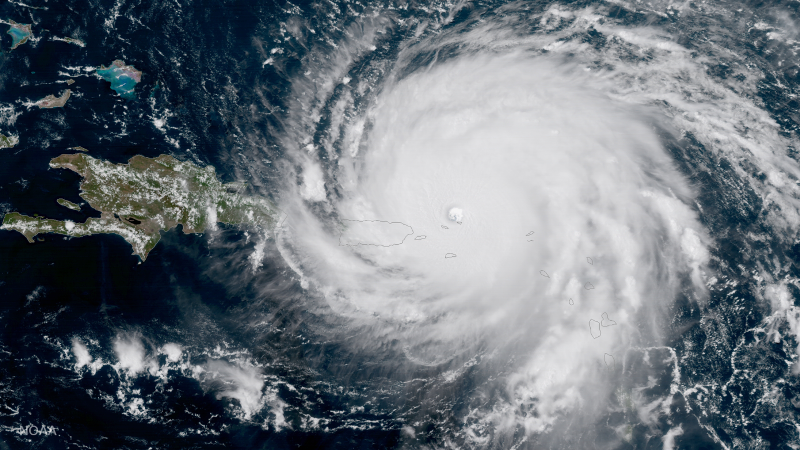
NASA on March 13 awarded L3Harris Technologies a $765.5 million contract to develop the imager for the National Oceanic and Atmospheric Administration’s (NOAA) Geostationary Extended Observations (GeoXO) satellite program.
The contract directs L3Harris to design, analyze, develop, fabricate, integrate, test, verify, evaluate, support launch, supply, and maintain ground support equipment for two flight instruments for the GeoXO Imager (GXI), which is a primary instrument for the GeoXO mission.
GXI is a multi-channel, passive imaging radiometer used to measure environmental data. The instrument will provide real-time, high-resolution visible and infrared imagery for monitoring the Western Hemisphere’s weather, ocean, and environment.
“The GXI will be used for a wide range of applications related to severe storms, hurricanes, aviation, natural hazards, the atmosphere, and ocean,” NOAA stated in a press release.
“GXI will monitor cloud formation, atmospheric motion, convection, land surface temperature, fire, smoke, dust, volcanic ash plumes, aerosols, air quality, vegetative health, and more.”
NOAA and NASA collaboratively launched the GeoXO program at the beginning of 2023 to develop, launch, test, and operate a series of satellites, expanding the observations of Earth that the Geostationary Operational Environmental Satellite-R (GOES-R) Series currently provides from geostationary orbit.
“The GeoXO satellite system will supply vital information to address major environmental challenges of the future in support of weather, ocean, and climate operations in the United States,” NOAA stated.
NOAA funds and manages the program, operations, and data products. On behalf of NOAA, NASA and commercial partners develop and build the instruments, spacecraft, and ground system, and launch the satellites.
L3Harris will also offer 15 years of mission operations support at the NOAA Satellite Operations Facility –10 years of on-orbit operations and five years of on-orbit storage support.
The work will be completed at L3Harris facilities, NASA’s Goddard Space Flight Center in Greenbelt, Maryland, and the agency’s Kennedy Space Center in Florida.
